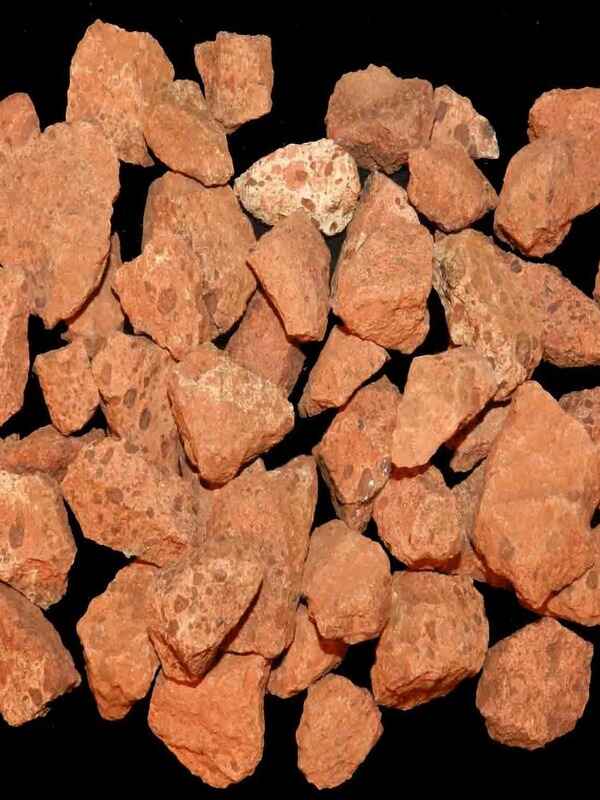
Bauxite
Overview: Bauxite is a sedimentary rock rich in aluminum hydroxides and oxides. It is the principal ore of aluminum.
Applications:
Aluminum production: The primary raw material for extracting aluminum metal.
Refractories: High-alumina bauxite is used in refractory bricks.
Cement industry: As a raw material in the production of high-strength cement.
Key Features:
Rich aluminum content.
High resistance to heat and corrosion.
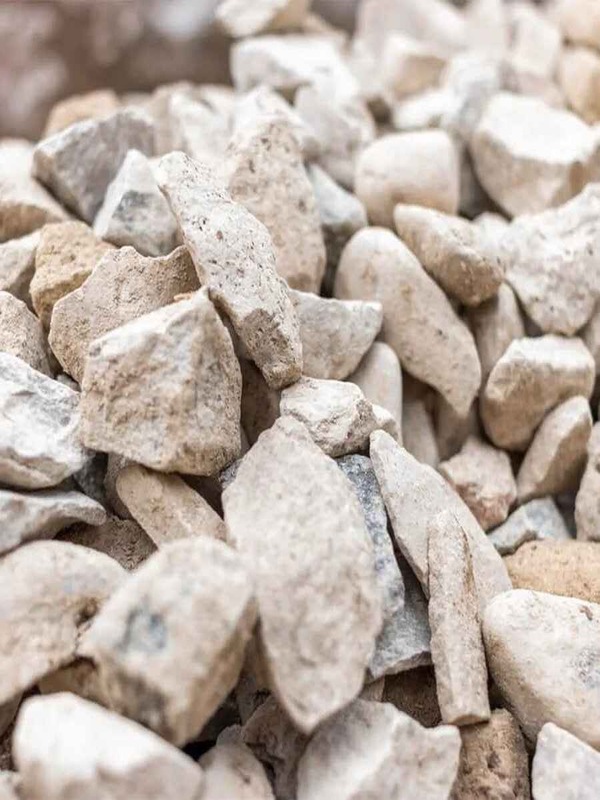
Limestone
Overview: Limestone is a sedimentary rock composed mainly of calcium carbonate (CaCO₃). It forms from the accumulation of marine organisms’ skeletal fragments like coral and shells.
Applications:
Construction: Used in making concrete, road base, and building materials.
Steel manufacturing: As a flux to remove impurities during smelting.
Agriculture: To neutralize acidic soils.
Chemical industry: As a raw material in lime production.
Key Features:
High calcium content.
Abundant and widely available.
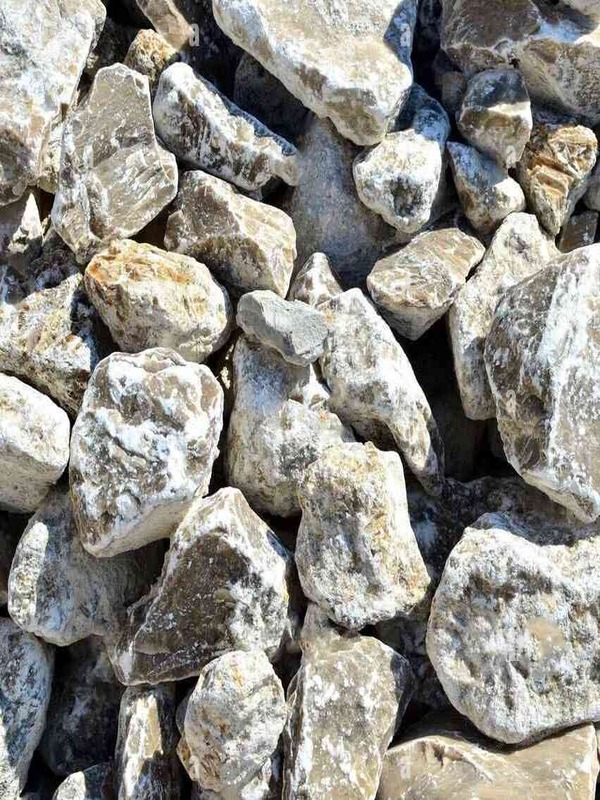
Gypsum
Overview: Gypsum is a soft sulfate mineral composed of calcium sulfate dihydrate (CaSO₄·2H₂O). It often forms in evaporative environments.
Applications:
Construction: Used in drywall, plaster, and cement manufacturing.
Agriculture: As a soil conditioner to improve drainage and reduce acidity.
Art and decoration: For making sculptures and ornamental elements.
Key Features:
Fire-resistant properties.
Easy to shape and mold.
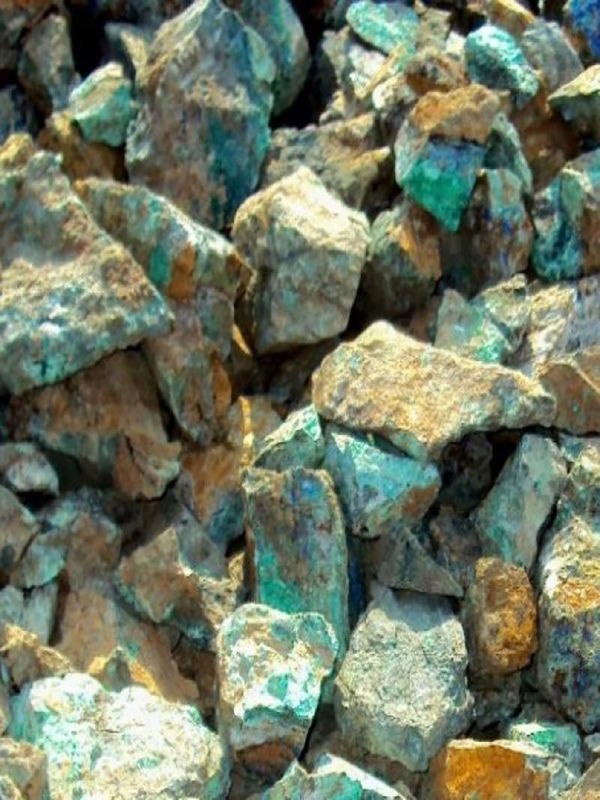
Copper
Overview: Copper is a ductile and malleable metal with excellent thermal and electrical conductivity. It is often extracted from ores such as chalcopyrite and bornite.
Applications:
Electrical industry: Used in wiring, motors, and generators.
Construction: For plumbing, roofing, and cladding.
Manufacturing: In alloys like bronze and brass.
Key Features:
High electrical conductivity.
Resistance to corrosion.

Chromite
Overview: Chromite is a mineral rich in chromium and iron oxides (FeCr₂O₄). It is the only economic source of chromium.
Applications:
Stainless steel production: Chromium imparts corrosion resistance.
Refractories: In high-temperature applications like furnaces.
Pigments: For dyes and paints due to its vibrant colors.
Key Features:
High melting point.
Excellent resistance to oxidation and corrosion.
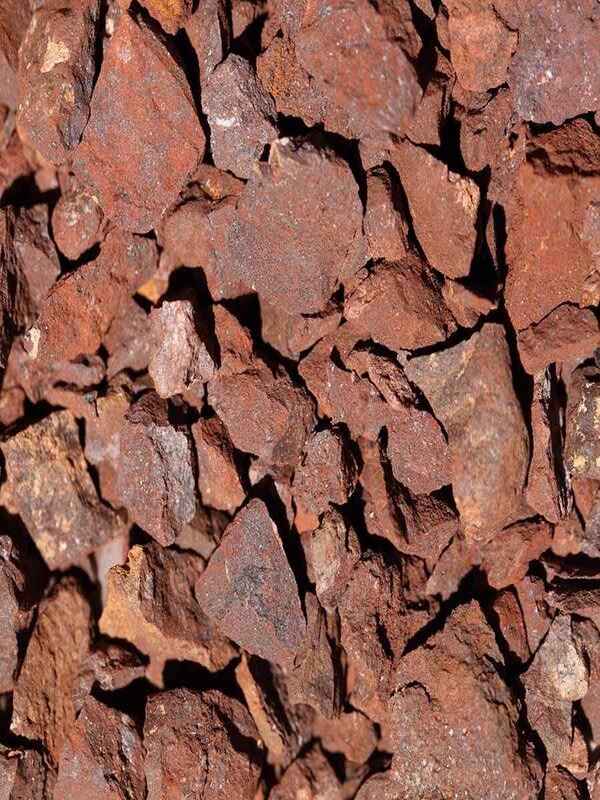
Iron Ore
Overview: Iron ore is a rock or mineral rich in iron oxides, such as hematite (Fe₂O₃) and magnetite (Fe₃O₄). It is the primary raw material for producing iron and steel.
Applications:
Steel production: Essential for making construction materials, tools, and vehicles.
Infrastructure: Used in rail tracks and large structures like bridges.
Pigments and chemicals: In paint and industrial compounds.
Key Features:
High iron content.
Abundant and critical to industrial growth.

Tantalite
Overview: An ore of tantalum, tantalite is a black to reddish-brown mineral.
Applications and Uses:
Electronics: Capacitors and high-power resistors.
Aerospace and Medical Industries: Alloys for high-temperature and corrosion-resistant applications.
Key Features: High melting point, corrosion resistance, and rarity.

Graphite
Overview: A crystalline form of carbon with a layered structure.
Applications and Uses:
Electrical Industry: Electrodes, batteries, and lubricants.
Writing Material: Pencil lead.
Industrial Use: In refractory materials and nuclear reactors.
Key Features: High conductivity, slippery texture, and heat resistance.

Manganese
Overview: A transition metal commonly found in combination with iron.
Applications and Uses:
Steel Production: Improves strength and durability.
Batteries: In dry-cell and lithium-ion batteries.
Chemical Industry: Used in fertilizers and pigments.
Key Features: Essential for steelmaking and non-magnetic properties.
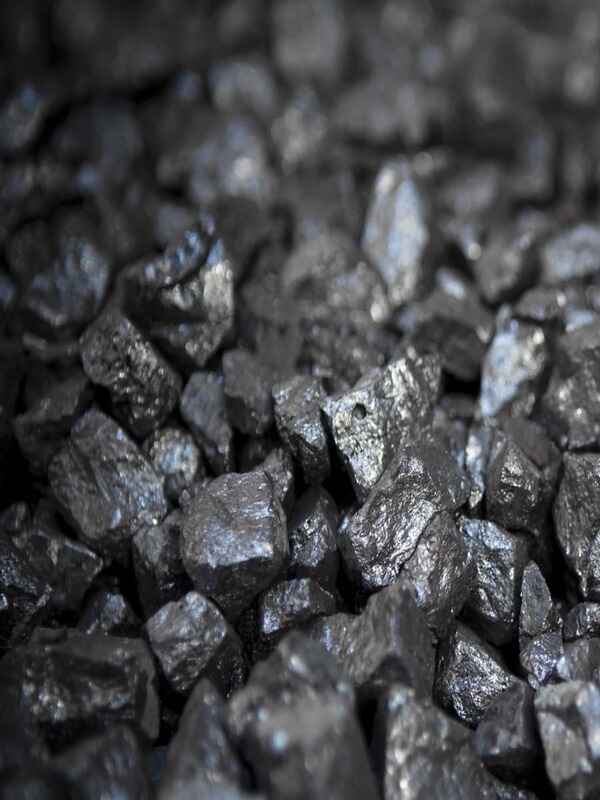
Galena
Overview: The primary ore of lead, galena is a lead sulfide (PbS) mineral with a metallic luster.
Applications and Uses:
Lead Production: Extracted for making batteries, radiation shields, and ammunition.
Silver Extraction: Often contains trace amounts of silver.
Key Features: High density, metallic appearance, and good conductivity.
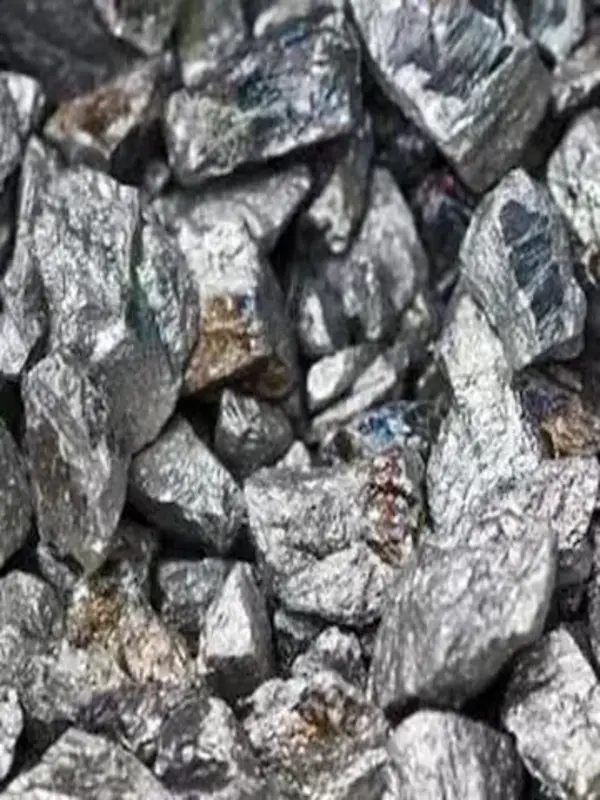
niobium
Overview: A lustrous transition metal used primarily in alloys and superconducting materials.
Applications and Uses:
Steel Alloys: Strengthens and enhances corrosion resistance.
Electronics: Superconducting materials in particle accelerators.
Key Features: High melting point, ductile, and resistant to corrosion.

Stones
Overview: Stone aggregates are crushed stones of varying sizes obtained from quarries and used in various construction processes. They can include gravel, crushed rock, or sand.
Applications and Uses:
Construction Material: Used in building structures, roads, and bridges.
Decorative Applications: Flooring, sculptures, and countertops (e.g., marble and granite).
Industrial Use: Crushed for use in concrete, asphalt, and foundations.
Key Features: Durable, versatile, and available in various forms (igneous, sedimentary, metamorphic).
